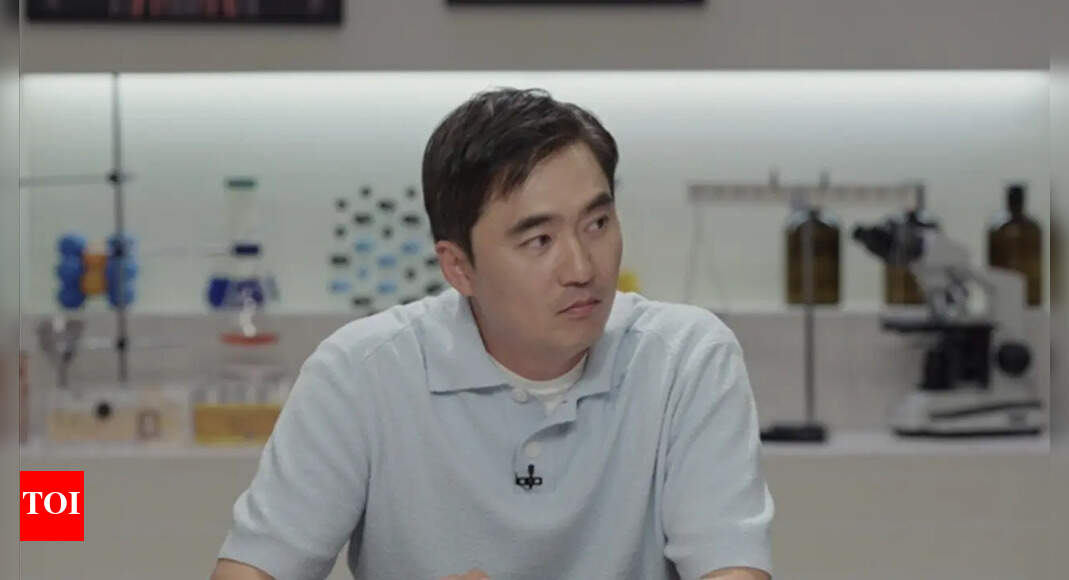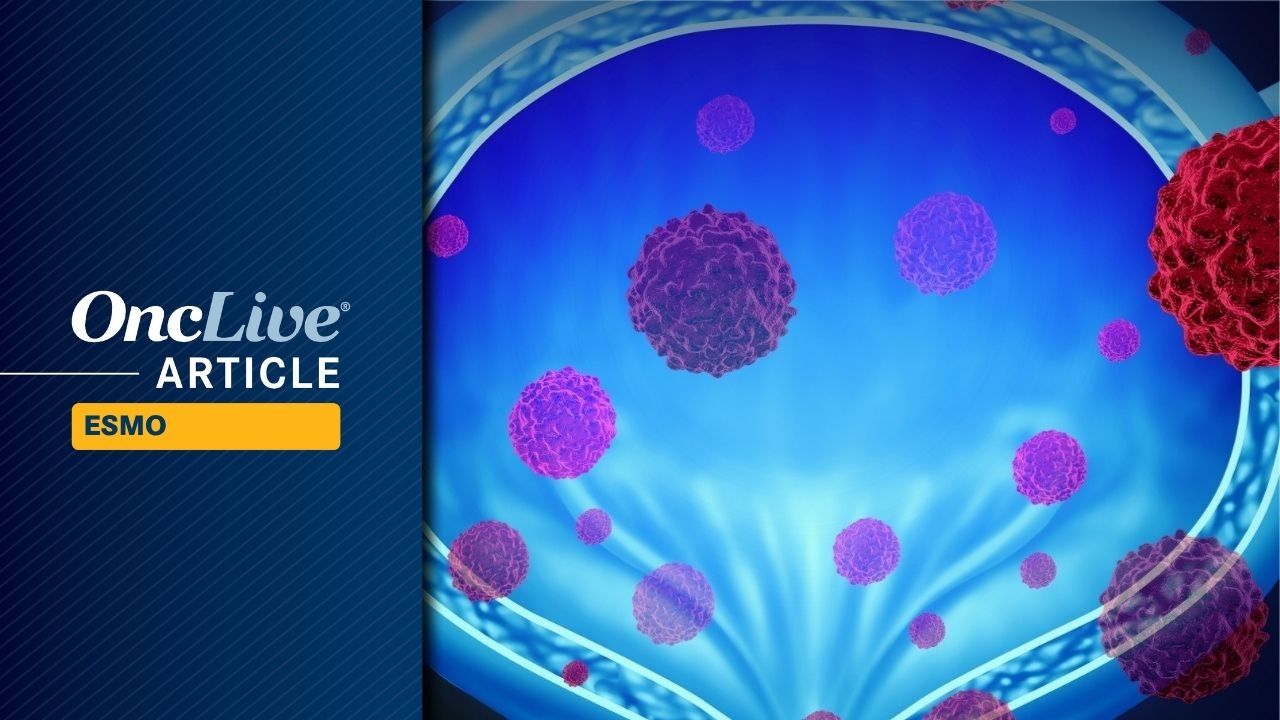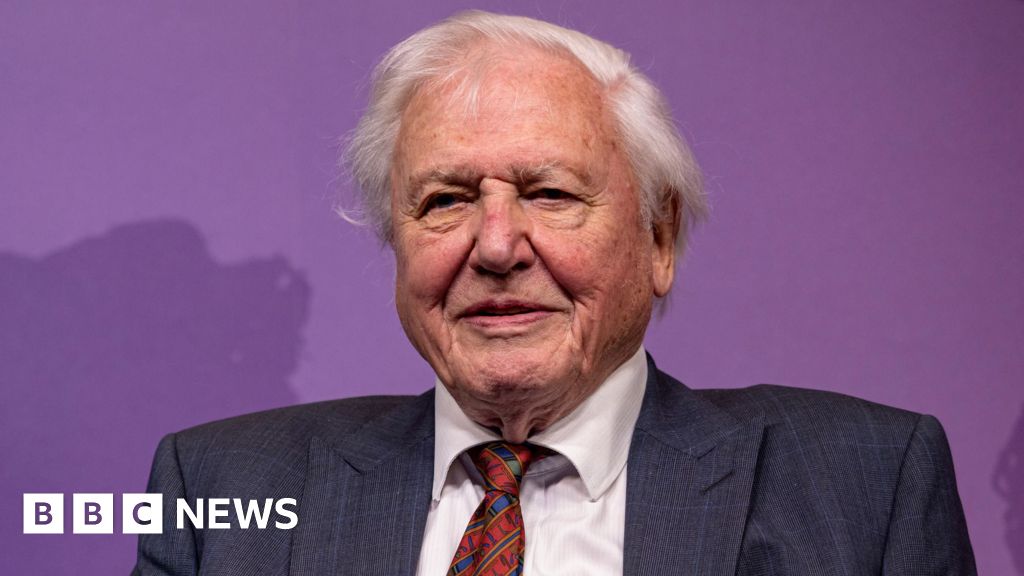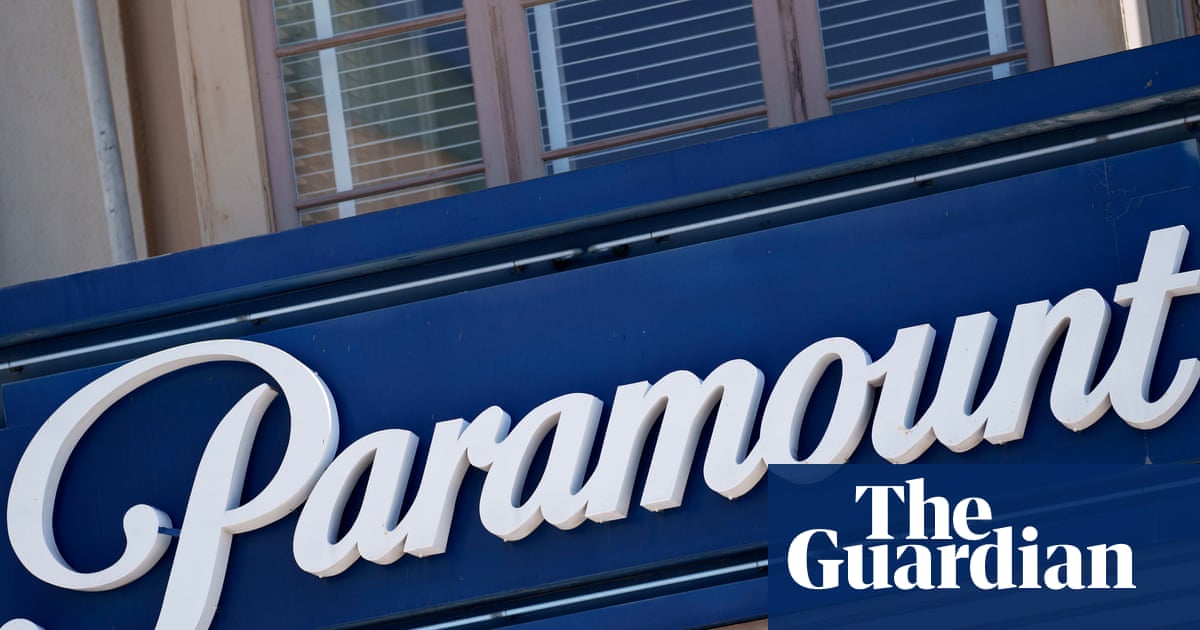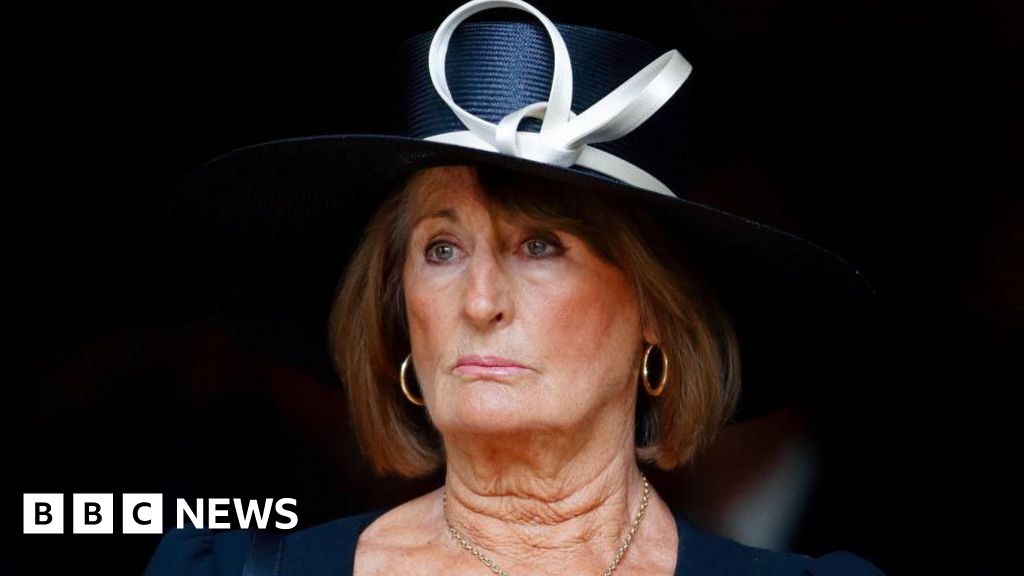Tarlatamab plus frontline chemoimmunotherapy and PD-L1 maintenance therapy demonstrated both encouraging safety and clinical outcomes in patients with extensive-stage (ES) small cell lung cancer (SCLC), according to cohort results of the phase 1b DeLLphi-303 study (NCT05361395) that were presented during the
At a median follow-up of 13.8 months (95% CI, 12.5-15.0), the objective response rate (ORR) was 71% (95% CI, 61%-80%), with a complete response rate of 5% and a partial response rate of 66%; 11% of patients had stable disease. Eight percent of patients had progressive disease, and 9% of patients’ responses were not evaluable (NE).
The median duration of response (DOR) was 11.0 months (95% CI, 8.5-NE), the disease control rate was 82% (95% CI, 73%-89%), and the median duration of disease control was 10.7 months (95% CI, 7.7-18.8). Additionally, disease control was sustained for at least 52 weeks in 39% of patients, with ongoing responses in 49% of patients at data cutoff with data continuing to mature, said lead study author Martin Wermke, MD, director of Trial Management/Early Clinical Trial Unit, NCT/UCC Early Clinical Trial Unit, of the German Cancer Research Center, University Hospital Carl Gustav Carus Dresden in Dresden, Germany.
Regarding safety, with a median duration of treatment of 46 weeks (IQR, 14-60), 3 dose limiting toxicities were observed overall, with all patients experiencing treatment-related adverse events (TRAEs) that were grade 3 (43%) or 4 (35%), with 1 patient who died from a TRAE due to sepsis, attributable to the chemotherapy component of the regimen, Wermke said.
Tarlatamab-related AEs that led to treatment discontinuations occurred in 6% of patients, and immune-related adverse events—not including cytokine release syndrome (CRS), immune effector cell-associated neurotoxicity syndrome (ICANS), and associated neurological events—were reported in 2% of patients.
The addition of tarlatamab to chemoimmunotherapy demonstrated a manageable safety profile that was consistent with the profiles of each individual agent, explained Wermke.
“I hope I could convince you that the combination of another frontline chemoimmunotherapy [that is] PD-L1 targeting in the maintenance [setting] is safe and has a manageable toxicity profile,” Wermke said in an oral presentation of the data. “There is no indication of additive or synergistic toxicity.”
Currently, standard treatment for patients with ES-SCLC comprises chemoimmunotherapy followed by PD-1/PD-L1 treatment as maintenance. Tarlatamab is a bispecific T-cell engager that has been assessed in the second-line setting as a single agent3 in the phase 3 DeLLphi-304 trial (NCT05740566) and in the frontline maintenance setting with a PD-L1 inhibitor in this patient population, as seen in parts 5, 6, and 8 of the phase 1b DeLLphi-303 study.
At the 2025 ESMO Congress, Wermke presented on safety and efficacy outcomes from parts 2, 4, and 7 from the phase 1b DeLLphi-303 study, which explored tarlatamab in combination with frontline chemoimmunotherapy, followed by tarlatamab with PD-L1 maintenance therapy in patients with ES-SCLC.
The study enrolled adult patients with ES-SCLC who had received 1 cycle of chemoimmunotherapy, consisting of platinum-etoposide plus an anti-PD-L1 inhibitor, regardless of response to therapy. Patients were also required to have measurable disease via modified RECIST 1.1 criteria, an ECOG performance status of 0 or 1, and no active autoimmune disease or disease that required immunosuppressive therapy. Those with treated and asymptomatic brain metastases were permitted.
In cycles 1 to 3, patients received tarlatamab at 20 mg intravenously (IV) every 3 weeks plus platinum-etoposide (carboplatin to match area under the curve 5 IV on day 1 and etoposide at 100 mg/m2 on days 1 to 3) and a PD-L1 inhibitor, which consisted of atezolizumab (Tecentriq) at 1200 mg IV every 3 weeks or durvalumab (Imfinzi) at 1500 mg IV every 3 weeks. In the frontline maintenance setting, which was cycles 4 and beyond, patients received tarlatamab at 20 mg IV every 3 weeks plus either of the PD-L1 inhibitors at the aforementioned doses. Treatment was administered until disease progression.
The coprimary end points were dose-limiting toxicities, treatment-emergent AEs, and TRAEs; secondary end points were ORR, DOR, disease control, progression-free survival (PFS), and overall survival (OS).
Regarding baseline characteristics, the median age across both arms was 63.0 years (range, 37-86), and 67% of patients were male. Patients were mostly White (74%), followed by Asian (16%), Other (9%), and Black (1%). At diagnosis, 77% had ES disease and 55% had an ECOG performance status of 1. Three-fourths of patients were former smokers, and 67% had prior receipt of a PD-L1 inhibitor in the first standard-of-care cycle; 16% and 45% of patients had treated asymptomatic brain metastases and liver metastases, respectively. The median sum of diameters of target lesions was 82.3 mm (range, 10.0-358.2).
Wermke noted that the trial was not designed to compare the PD-L1 inhibitors and there were no randomizations between the treatment arms, adding that there were imbalances in baseline characteristics between the atezolizumab and durvalumab groups.
Further efficacy data showed that the median PFS was 10.3 months (95% CI, 7.2-13.6), starting from the first dose of tarlatamab treatment; the Kaplan-Meier estimate of the 12-month PFS rate was 43.1% (95% CI, 32.0%-53.7%). The median OS is not yet estimable; however, the Kaplan-Meier estimate of the 12-month OS rate with the tarlatamab regimen was 80.6%.
Investigators also assessed treatment-emergent CRS and ICANS by cycle, which primarily occurred during cycle 1 of tarlatamab (59%) and were mostly of grades 1/2; all CRS/ICANS events resolved. CRS and ICANS events led to both dose interruptions and discontinuations in 1% of patients each, with no fatalities reported. The median time to CRS onset from the last prior tarlatamab dose was 13.3 hours (IQR, 8.0-19.3), and the median time to ICANS onset from the same time point was 5 days (IQR, 3.0-50).
Wermke concluded that these data support further investigation of this regimen, which will be explored in the phase 3 DeLLphi-312 study (NCT07005128).4
Disclosures: Wermke cited honoraria from Amgen, BMS GmbH & Co. KG, Boehringer Ingelheim, GWT, Janssen, Lilly, Merck Serono, MJH/PER, Novartis, Pfizer, Regeneron, SYNLAB, and Takeda; consulting or advisory roles for Amgen, AstraZeneca, Bayer, Boehringer Ingelheim, Bristol-Myers Squibb, Daiichi Sankyo Europe GmbH, Genentech, ImCheck Therapeutics, Immatics, Iovance Biotherapeutics, ISA Pharmaceuticals, Lilly, Novartis, PharmaMar, Regeneron, Tacalyx, T-knife, and Zymeworks; receipt of research funding from Roche (paid to the institution); and travel and accommodation expenses from Amgen, AstraZeneca, Bristol-Myers Squibb, Daiichi Sankyo Europe GmbH, GEMoaB, Iovance Biotherapeutics, Immatics, Janssen Oncology, Merck Serono, Pfizer, and Sanofi/Aventis.
References
- Wermke M, Lau SCM, Moskovitz M, et al. Tarlatamab with first-line chemoimmunotherapy for extensive stage small cell lung cancer (ES-SCLC): DeLLphi-303 study. Ann Oncol. Abstract 2757O
- Mountzios G, Sun L, Cho BC, et al. Tarlatamab in small-cell lung cancer after platinum-based chemotherapy. N Eng J Med. 2025;393:349-361. doi:10.1056/NEJMoa2502099
- Paulson KG, Lau SCM, Ahn MJ, et al. Safety and activity of tarlatamab in combination with a PD-L1 inhibitor as first-line maintenance therapy after chemo-immunotherapy in patients with extensive-stage small-cell lung cancer (DeLLphi-303): a multicentre, non-randomised, phase 1b study. Lancet Oncol. 2025;26(10):1300-1311. doi:10.1016/s1470-2045(25)00480-2
- A Study Comparing Tarlatamab, Durvalumab, Carboplatin, and Etoposide Versus Durvalumab, Carboplatin, and Etoposide in First-line Extensive Stage Small-Cell Lung Cancer (ES-SCLC) (DeLLphi-312). ClinicalTrials.gov. Last Updated October 14, 2025. https://tinyurl.com/56ss66yd


